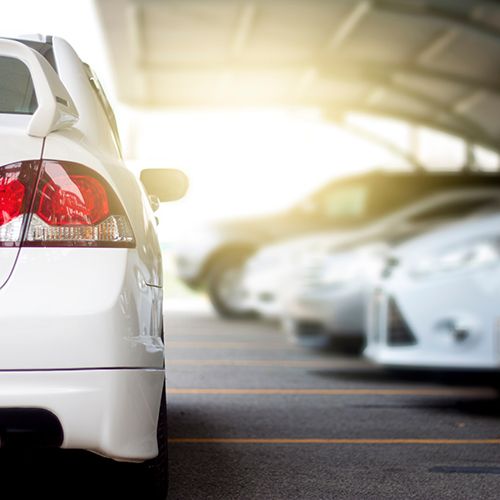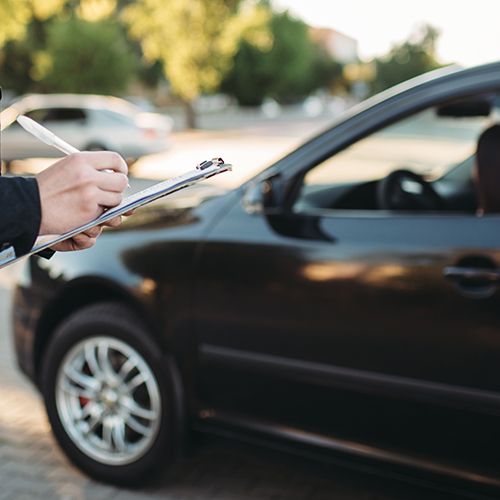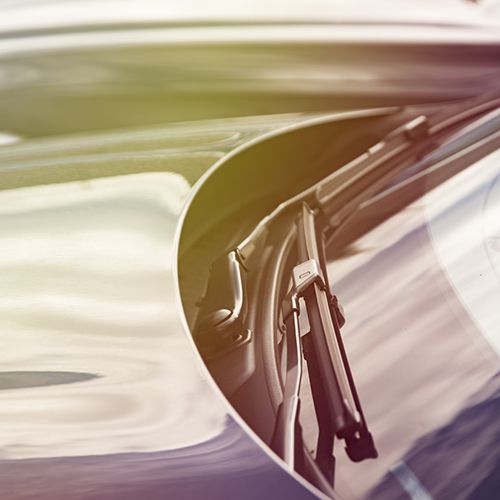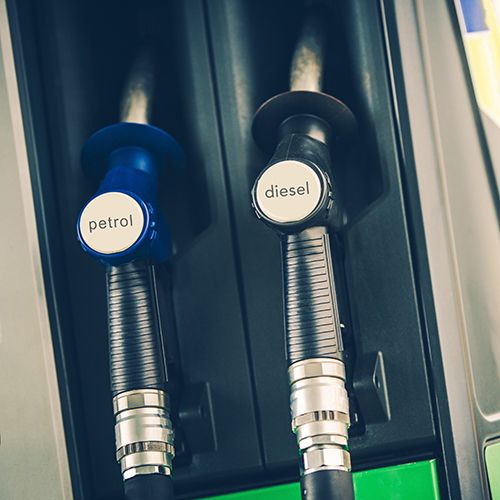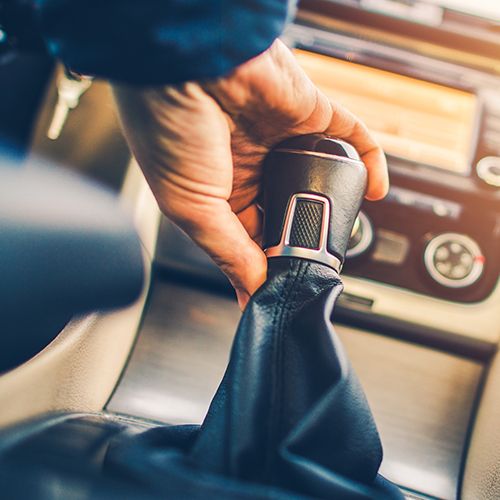28 August 2020
The Volkswagen Beetle in SA 1951 to 1979
How many people can you fit into a bug? Not just any bug, a VW Bug. This was a thing back in the 60s when the Beetle was the car to own and people thought cramming themselves into small spaces was fun. This is the playful appeal of the lovable little car, and why we are proud as South Africa to have played a part in manufacturing this classic icon.
Why the Beetle is the original “People’s Car”
As the first Volkswagen ever designed and produced, the VW Beetle is one of the greatest automotive icons of the 20th century. First manufactured in 1938 in Germany, it was given many fond nicknames across the world – named in its home country as the “beetle”, in France as the “ladybug”, and in Nigeria as the “tortoise car”.
During the 60s and the hippie era, the car represented a symbol of personal freedom and often seen painted with colourful patterns and graphic images, but perhaps the most popular was the daisy, a flower that symbolised peace and love. No other car could represent or sport these two traits better than the Beetle.
Made in SA – 69 years ago
August 31, 1951 – a historic date for Volkswagen South Africa. 69 years ago the first VW Beetle rolled off the assembly line in Uitenhage, Port Elizabeth.
For 28 years since then until the end of production in 1979 – 290,000 Beetles were sold in South Africa. During this time, it was the top-selling vehicle in the country for 11 years.
1951 to 1952 – Split window. Very few of the first-generation VW Beetles were built, making them extremely rare. They are known as ‘split-window’ referring to the small rear windscreen that is divided into two windows.
1953 to 1957 – Oval window. A small oval-shaped rear windscreen replaces the split window and the engine size is increased to 1200.
1958 – Larger rear windscreens still sporting the pop-out indicators or ‘semaphores’.
1958 to 1965 – the classic 1200 model. They consisted of rounded bumpers and railings.
1966 – enter the 1300 models.
1967 – the 1500 model when for a short period of the year Beetles in South Africa were manufactured with disc brakes and flat hubcaps, making it one of the country’s rarest Beetles.
1968 to 1970 – newer 1500 models with smaller taillights and flat-pressed bumpers.
1970 – the production of 1300 and 1600 models with large round taillights. The 1600S also featured curved windshields and a new dashboard, and later models fitted with red tartan upholstery.
1978 – 1600 models were phased out leaving only the 1300 model in production.
1979 – in January of this year the last Beetle rolled off the South African production line, heralding out a period of automotive history.
With 21,529,464 produced,the Beetle is the longest-running andmost-manufactured carof a singleplatformever made.
Launched in the 50s in South Africa, infused into South African driving culture into the 70s shaping the memories of generations, the VW will always be fondly remembered as the People’s Car and a part of South African heritage.
Volkswagen South Africa "Memories" TV ad
So How Many People Can Fit Into a Beetle?
Twenty. According to the Guinness World Record, in 2010, twenty university students piled into an old 60s Beetle in order to bring attention to human trafficking. Volkswagen – a true people’s car!
Disclaimer:This information is for entertainment purposes only. It must not be construed as advice, legal, financial, or otherwise. We do not make any warranties about the completeness, reliability, and accuracy of this information. The views and opinions are those of the author and not necessarily those of Auto Pedigree.






